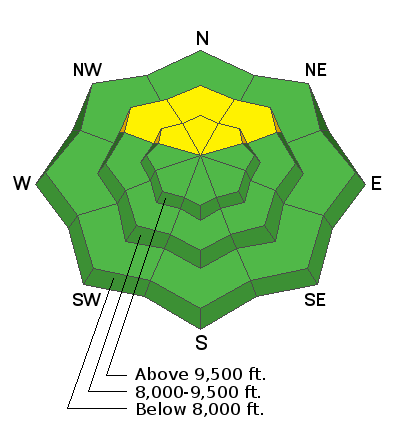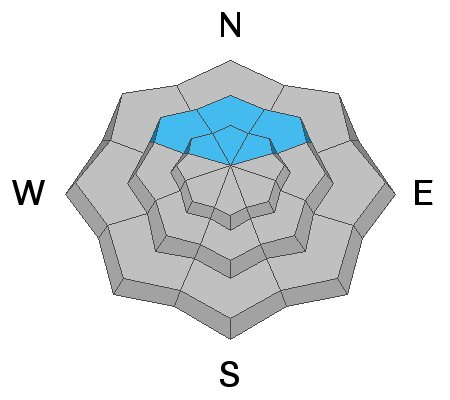Forecast for the Skyline Area Mountains

Issued by Brett Kobernik on
Tuesday morning, January 11, 2022
Tuesday morning, January 11, 2022
Avalanche conditions are relatively safe with the majority of the terrain having a LOW avalanche danger.
A MODERATE avalanche danger remains on mid and upper elevation northwest, north and northeast facing slopes. It is still possible to trigger a deep and dangerous avalanche that breaks into weak snow near the ground.
The most suspect terrain is slopes of 35 degrees in steepness or greater above 9000' on the north half of the compass. Chances for triggering something are low, consequences are high.

Low
Moderate
Considerable
High
Extreme
Learn how to read the forecast here







